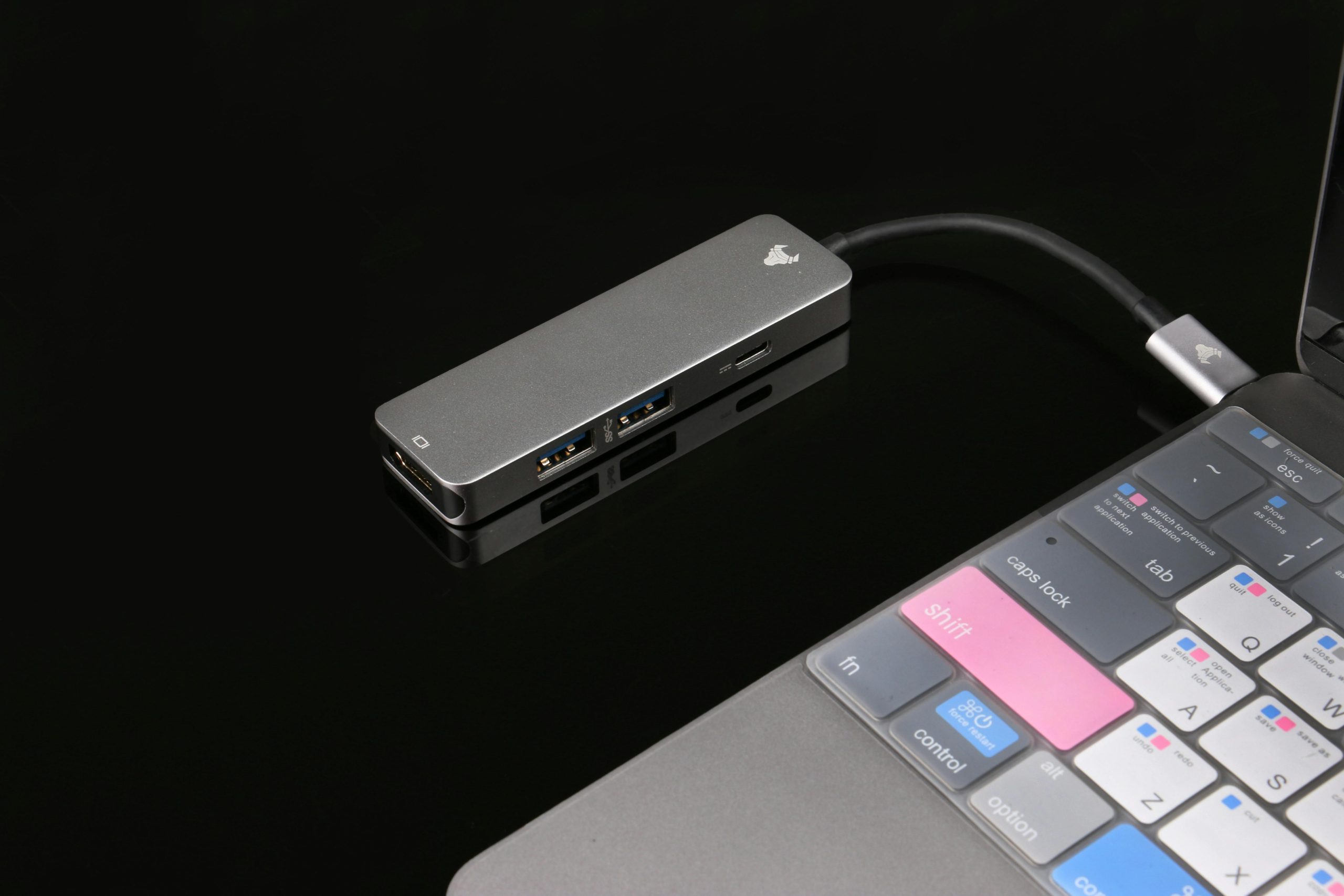Evaluating Wi-Fi 6 USB Dongle Performance: Why the TP-LINK AX900 Falls Short Compared to iPhone 14 Pro
In today’s connected world, achieving optimal Wi-Fi performance is essential—whether for work, streaming, or gaming. However, users sometimes encounter unexpected discrepancies in network speeds when using different devices or connection methods. A recent case involves the TP-LINK AX900 USB Wi-Fi 6 dongle, which underperforms compared to an iPhone 14 Pro under similar conditions. This article explores the key factors influencing this performance gap, troubleshooting steps to consider, and best practices to maximize your Wi-Fi 6 USB dongle’s potential.
The Scenario
A user reported that when holding their iPhone 14 Pro in the same position as the TP-LINK AX900 USB dongle, the phone achieves over 600 Mbps, whereas the PC connected via the dongle registers only around 300 Mbps. They are operating within a Wi-Fi 6 (802.11ax) environment, connecting to an AX3000 router with a 1 Gbps plan from their ISP. Despite reinstalling drivers and ensuring proper USB connection, the performance disparity persists.
Key Specifications
– Device: TP-LINK Wireless USB Adapter (AX900)
– Driver Version: 5001.19.113.1
– Network Band: 5 GHz (Channel 48)
– Link Speed (Aggregated): 600 Mbps (Receive/Transmit)
– Security: WPA3-Personal
– Router: Wi-Fi 6 AX3000
Understanding the Performance Gap
Several factors can contribute to the observed performance difference:
-
Hardware Limitations of the USB Dongle:
While the TP-LINK AX900 claims support for Wi-Fi 6, actual throughput depends on hardware capabilities. An advertised theoretical maximum may not translate to real-world speeds, especially if the chipset or antenna design restricts maximum throughput. -
USB Port Performance:
Using a USB 3.0 port is recommended to maximize data transfer speeds. Using a USB 2.0 port or a port with limited bandwidth can bottleneck Wi-Fi speeds, regardless of the adapter’s capabilities. -
Driver and Firmware Optimization:
Even with the latest drivers installed, driver optimization varies. Manufacturers may release firmware updates to improve performance or fix bugs, so regularly checking for updates is advisable. -
**Pro
Share this content:



